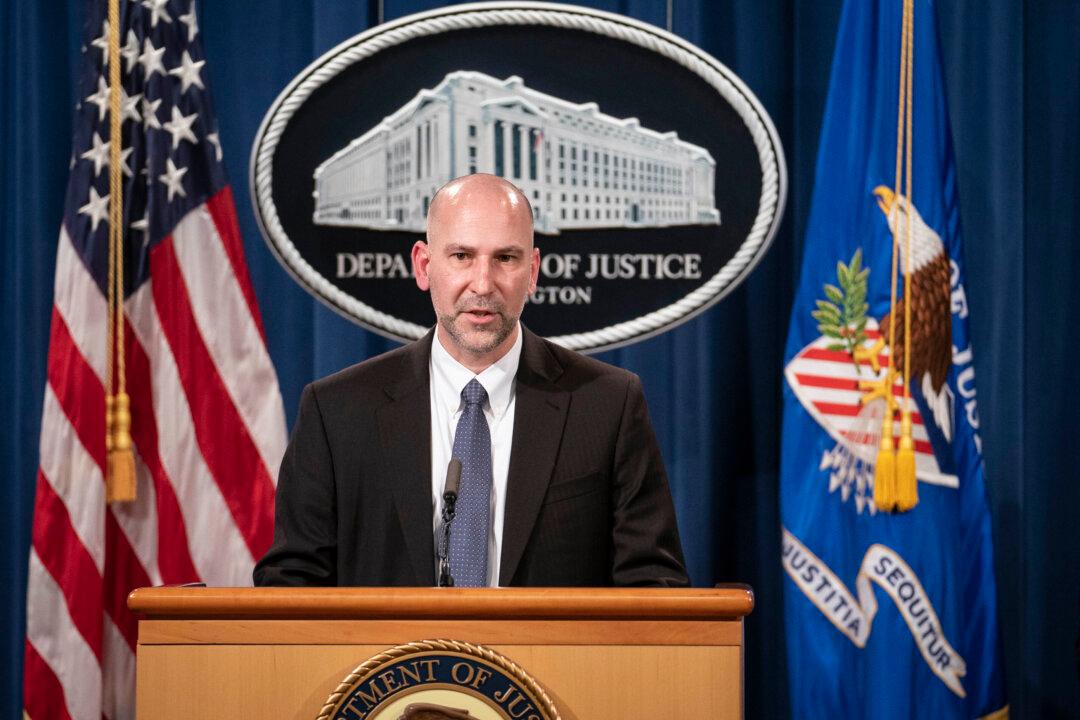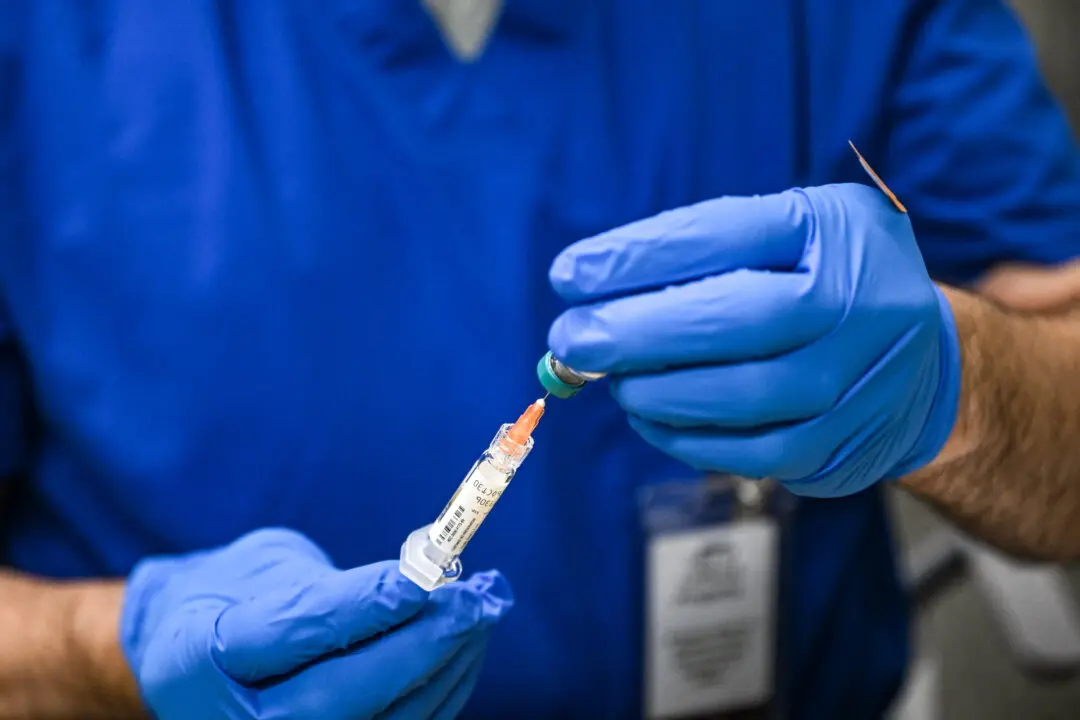Multiple confidential FBI informants were in the crowd at the U.S. Capitol on Jan. 6, 2021, according to a former bureau official.
Steven D'Antuono, the assistant director in charge of the FBI’s Washington field office until he retired in November 2022, told members of Congress in recent testimony that he learned after Jan. 6 of the confidential human sources (CHS).





